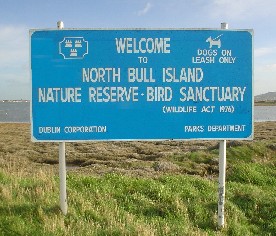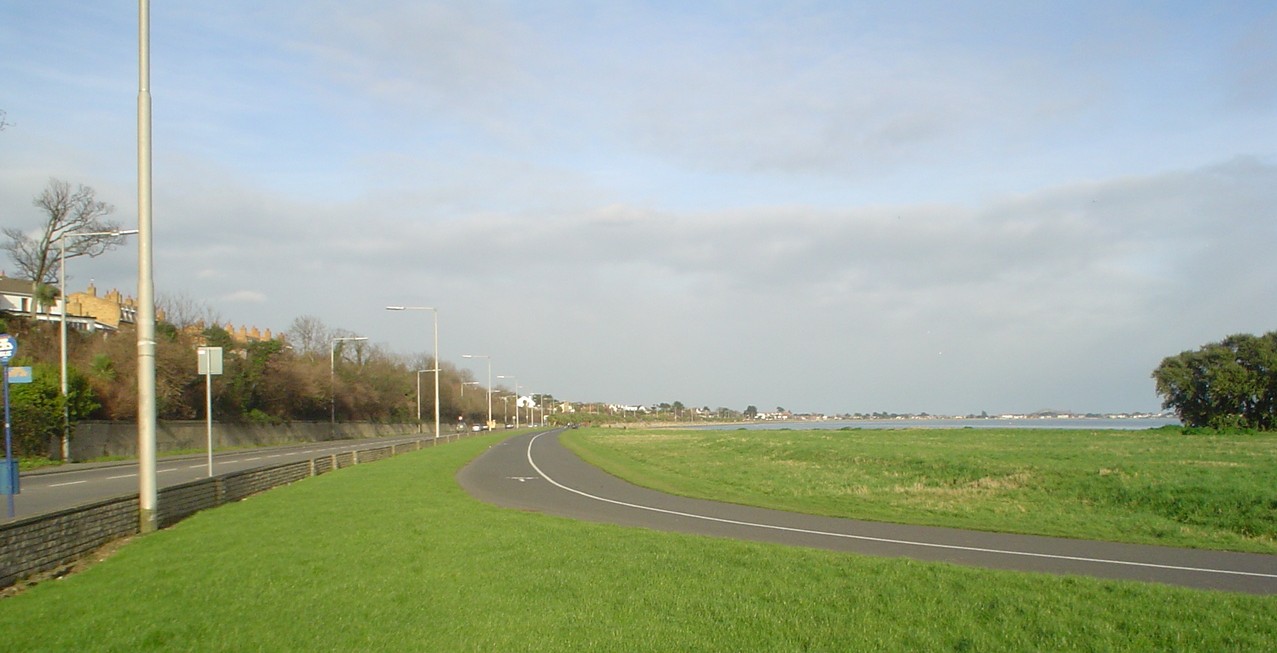 |
The Bull Island Nature Reservee |
||||||
|
The North Bull
Island at present is 5km long and 800m wide, and the area above high tide is approximately
300 hectares. It contains a wide range of natural habitats which include intertidal
mudflats, salt marsh, freshwater marsh, dunes, and beach area.
The mudflats support a large population of birds, at any time up to 27,000 birds are present, which gives the area the highest bird density in Ireland. Many of the birds are migratory and these wild fowl and waders visit the Island in such numbers that they bestow on the Island an importance recognised internationally. Examples of some commonly found species are:- Brent Geese, Curlew, Widgeon, Grey Plover, Knots, Redshank, Bar-tailed Godwits, Shoveler, Oyster Catchers, Shellduck and Dunlins. As well as bird life, the Island's habitats support a varying range of flora and fauna. For example, the fresh water marsh is important for its wealth of wild flowers, particularly Orchids, and a group of Alnus glutinosa.
The Island also provides the only Irish example of an undisturbed sequence of plant communities, from salt marsh to dune vegetation. The North Bull Island is protected under the 1930 Wildlife Act, 1976 Wildlife Act, the 1906 Open Space act and it was declared a Biosphere reserve by UNESCO in 1981. The island was designated a National Nature Reserve in 1988 The Interpretative Centre is located
adjacent to the roundabout near the centre of the Island. Its purpose is to
facilitate the use of the Island in the broadest possible sense for the interpretation of
its unique environment for the general public. In this context the centre has
educational, recreational and conservational functions. The need for an Interpretative Centre was highlighted in a report by An Foras Forbartha in 1977 and its design and construction by Dublin Corporation in 1985 was made possible by financial assistance from the E.E.C. Environment Fund. Thanks to Dublin Corporation for this article. Also View |
||||||


